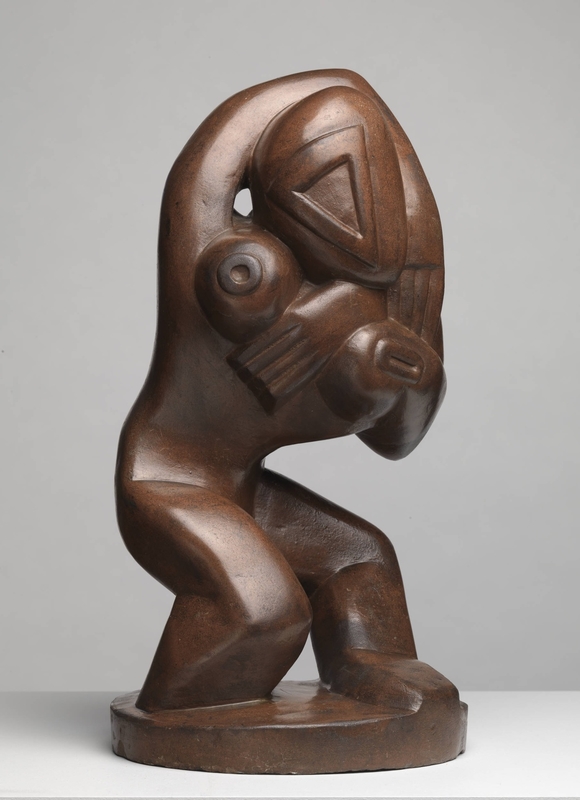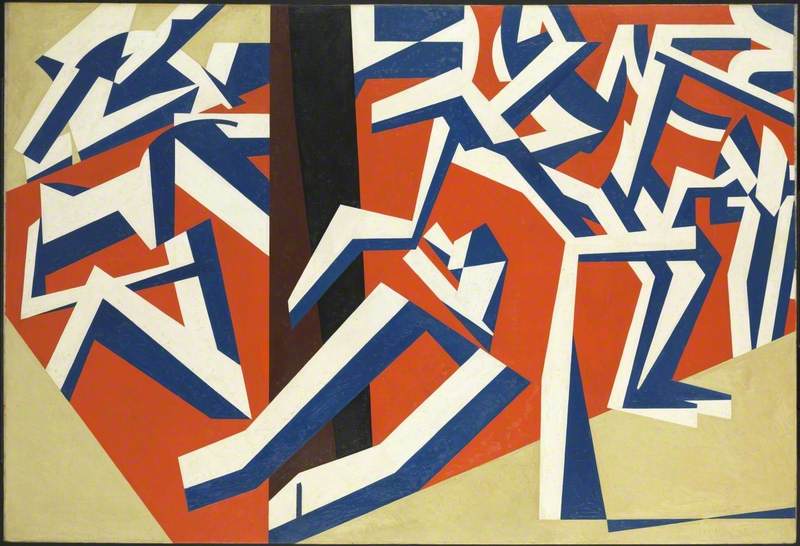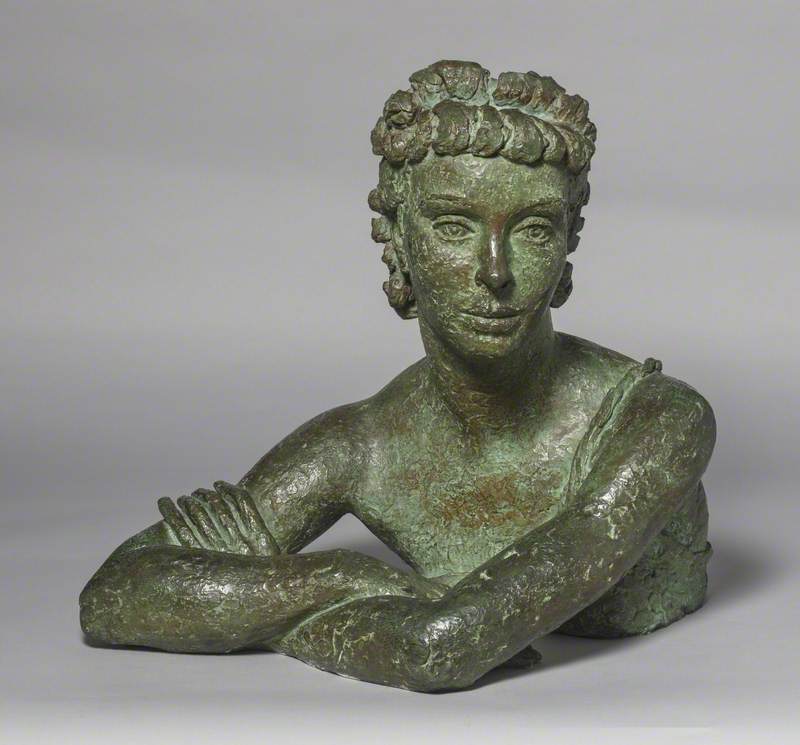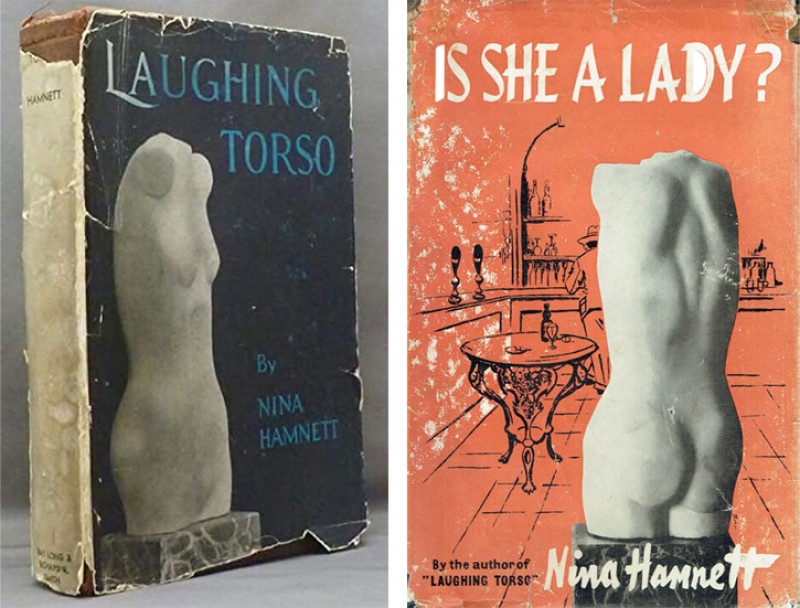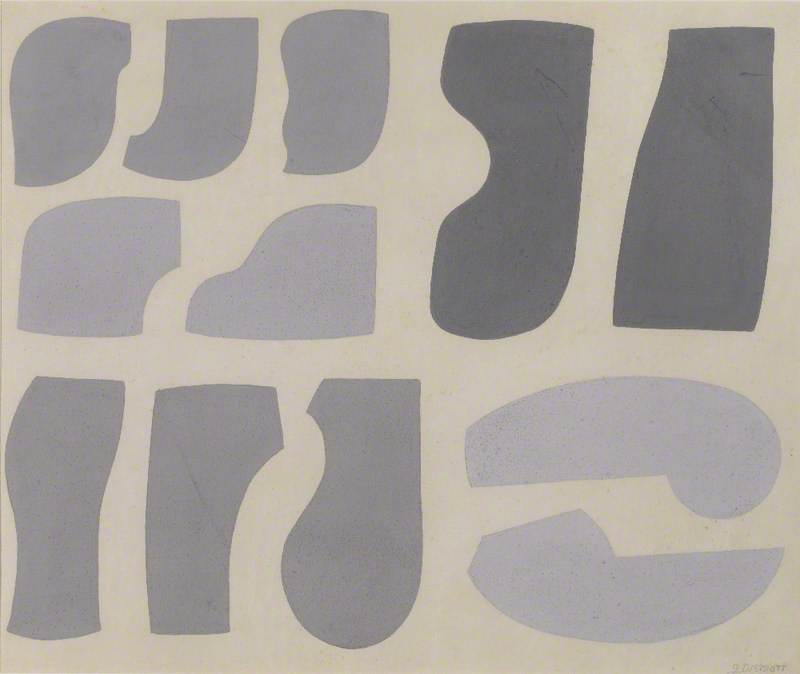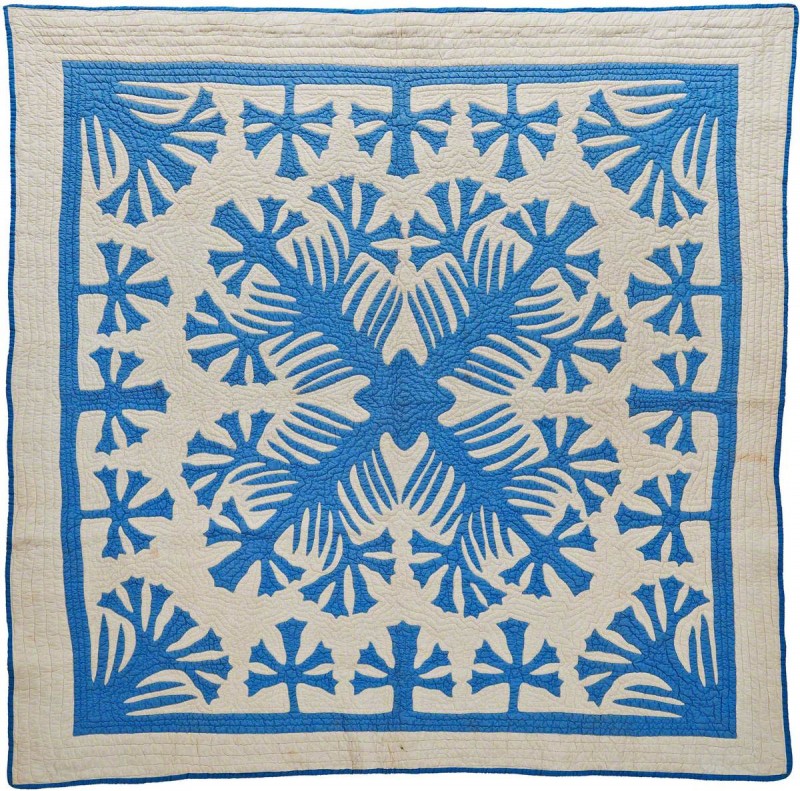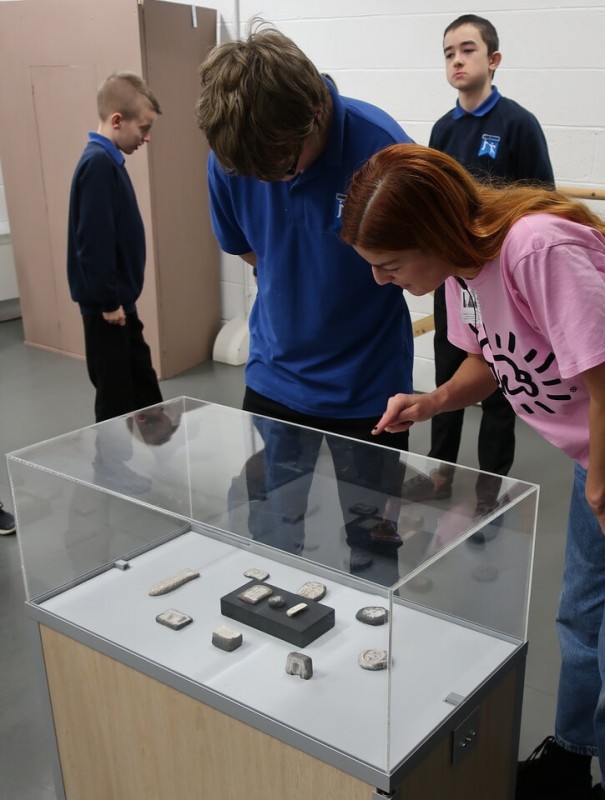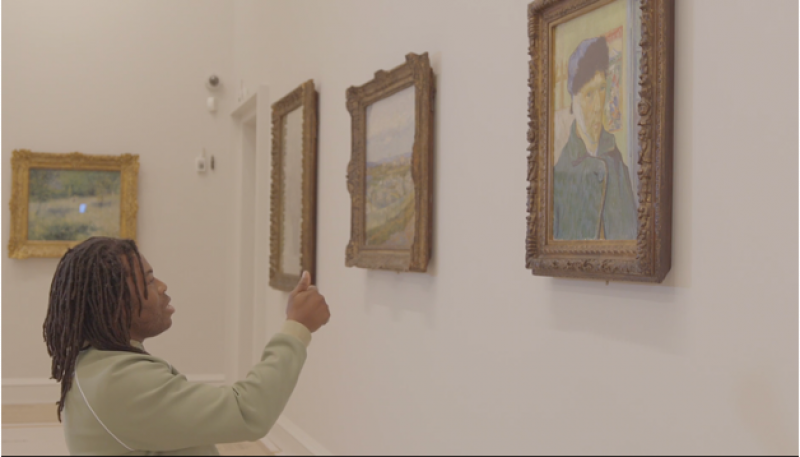Henri Gaudier-Brzeska and abstraction
Henri Gaudier-Brzeska was a French artist who came to London in 1911 at the age of 20 without any formal art training. He was influenced by the work of Jacob Epstein and was friendly with the painter Wyndham Lewis and the poet Ezra Pound, who together created the Vorticist movement.
Gaudier-Brzeska died young in the trenches of the First World War but, in the four years before the war that he spent in London, his work developed remarkably quickly with a rapid shift towards abstraction. Despite his early death, he became an influential figure in twentieth-century sculpture in England and France.
Discuss: Vorticism
The Vorticists developed an art that engaged with the modern world, inspired by machines and urban environments, which were of increasing interest and concern in the early twentieth century and beyond. Their paintings and drawings are characterised by dynamic, diagonal, angular forms, often in bright colours.
Vorticism was one of several international art movements throughout the 1910s which shifted towards abstraction and was itself inspired by other movements, particularly Cubism and Futurism. The abstract art movement is thought of have arisen in the early twentieth century as a response to urbanism, advances in science and technology, and in response to a growing interest in psychology, psychoanalysis and the subconscious.
Look at the examples of Vorticism with your class and ask them to discuss:
- Which stylistic features appear to be common across these artworks?
- Which of these works do they prefer and why?
Whole class activity: compare and contrast
The following activity encourages pupils to make distinctions between realist and abstract(ed) styles of art through discussion of the artistic choices and techniques associated with these contrasting styles.
With your students, compare the following two portraits of Horace Brodzky (1885–1969), an Australian-born artist and writer.
The first portrait was painted in oil by Welsh-born artist Nina Hamnett in 1915.
The second was created with pastels by Gaudier-Brzeska in 1913, two years after he came to England and came into contact with artists and art collections in London.
Ask your students to take at least two minutes to study both portraits and to note down at least four differences between the works. Discuss these differences as a class. You may wish to use the following question prompts during the discussion:
- Which portrait looks more realistic? Why do you think this?
- How does the use of colour differ? Why do you think each artist has chosen this palette?
- How does the use of line differ? Are lines visible? Are they realistic or expressive? Why?
- Is there a sense of believable space in both portraits?
- Can you see a light source in both works? How and why?
- What is the difference in the materials used? Why do they think each artist has chosen this medium?
Consider emphasising the following points if they haven't come up in conversation:
- Although it is not fully realistic, Hamnett's portrait has features which make it more aligned with the reality of what the sitter would have actually looked like in this setting. Consider the clear light source being evident on Brodsky's skin and in the shadows behind him, and a more realistic colour palette.
- Gaudier-Brzeska's portrait is an example of abstracted art. The use of line is far more angular and unrealistic, aligned with the shapes and forms found in Vorticist works. There is no evident light source or shadowing which means there not a clear sense of depth like in Hamnett's portrait. The colour palette is far more expressive, bold and somewhat unrealistic.
- Hamnett's portrait was created using oil paint, which is typical of realist painting. Gaudier-Brzeska used pastels, and is sketched in places (for example, the blue zig-zag), drawing more attention to itself as a work of art than Hamnett's portrait does.
Horace Brodzky (1885–1969)
c.1932
Henri Gaudier-Brzeska (1891–1915)
Follow up this discussion by taking a closer look at this sculpture of Horace Brodsky by Gaudier-Brzeska and ask students to compare and contrast it with Gaudier-Brzeska's earlier two-dimensional interpretation. You can look at the sculpture from multiple angles by clicking on the image.
Discuss with your pupils:
- In what ways is the style of this sculpture similar to the style of Gaudier-Brzeska's earlier painting?
- What differences are there?
- What form do they prefer and why?
